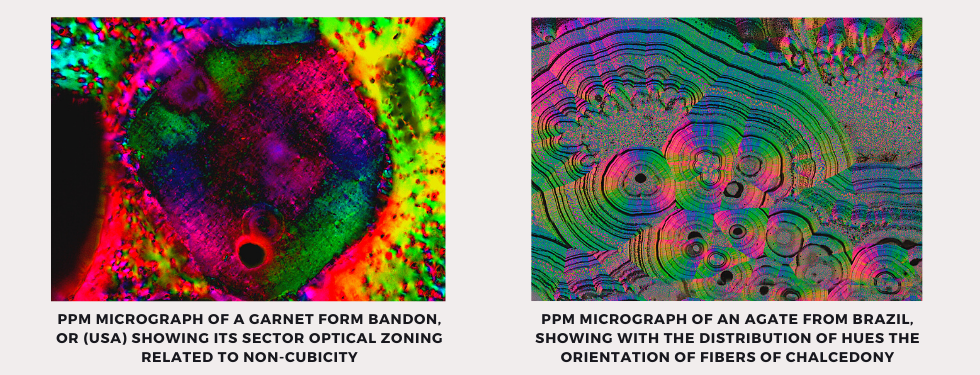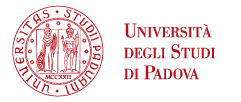Polychromatic polarization microscopy: a new technique to analyse materials with low birefringence

Improving the polarizing microscope, one of the most commonly used tools for any first characterization of minerals and rocks, thanks to a new technique, the Polychromatic Polarization Microscopy (PPM), which allows the analysis of materials with very low birefringence. This is the main topic of the paper "Polychromatic Polarization: Boosting the capabilities of the good old petrographic microscope", recently published in Geology and led by the Department of Geosciences of the University of Padua, in collaboration with the Marine Biological Laboratory (University of Chicago, USA ) and the University of Genoa.
The study shows how PPM, developed for biological applications, can bring enormous advantages also in the geological sciences. The polarizing optical microscope is in fact widely used in the initial stages of the characterisation of minerals and rocks, since it allows a first analysis on the basis of different physical properties, mainly related to the ability of the materials to be crossed by light. Among these, birefringence is one of the most widely used: it consists in the ability of a material to break down a ray of light into two distinct rays and allows the recognition of minerals and microstructures. In the event that the birefringence is very low, however, this property becomes unusable with the common polarizing microscope, thus limiting its applicability and diagnostic features.
As Bernardo Cesare, Full Professor at the Department of Geosciences and first author of the paper, explains, “Polychromatic Polarization Microscopy allows us to highlight with a wide range of colours the microstructures within minerals with very low birefringence, which otherwise would be black or grey with the traditional analysing technique. We tested this new technique on garnet crystals - the mineral classically considered isotropic - highlighting and studying its very modest birefringence in various geological contexts. PPM allows to characterize under the optical microscope what until now required the use of more sophisticated and expensive techniques of electron microscopy or X-ray diffraction”.
Among the main advantages of Polychromatic Polarization Microscopy there is the ease of implementation on existing instrumentation, thus allowing the use of common samples (the so-called "thin sections"), and the possibility of exploiting this technique as a precursor to more advanced analyses, such as the transmission electron microscope (TEM).





